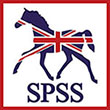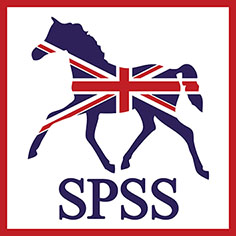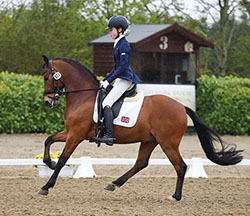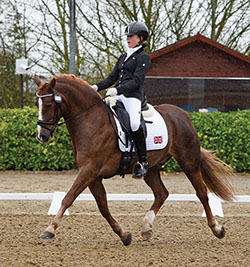|
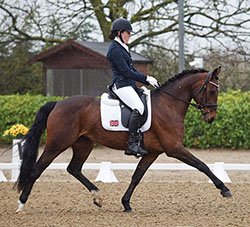
Ode to
Shannon (Washington Postman x unknown) & Maddy Whelan. An SHB(GB)
passported mare by a Weatherby’s NTR stallion out of Buckland Belle
(breeding not recorded). British-bred by Mary Lewis and has achieved
top 3 placings representing GB at international level
Photo by kind permission of
Qorum Photos |
So having
dealt with size, we then have to move on to what we are going to
consider when we appraise ponies against the term ‘athlete’?
Conventional conformation assessments obviously have to be made as
there are some very definite conformational no-no’s and equally
there are also prerequisites to sporting success, soundness and
longevity. At this point I know everyone can, and will, cite certain
very successful competition horses/ponies whose conformation goes
completely against convention and yet they have competed, won and
(critically!) remained sound throughout. However, what we, the SPSS,
as a studbook have to consider when reminded of these ‘freak’ cases
is that statistically they are not the ‘norm’; they are very much
the exceptions rather than the rule. Our responsibility is to
support, enable and educate sports pony breeders in order that they
stand the very best chance possible of producing youngstock able to
compete well and remain sound. We would therefore be failing them in
this role if we did anything other than apply a normal distribution
approach to conformation evaluation.
However,
as per the saying ‘beauty is as beauty does’, good movement and
athleticism are usually very apparent when a young horse is free to
move naturally. Hence, we place a lot of importance on the loose
evaluation of ponies of all ages, plus we like to see them loose
jump from 2 years of age and over (and mandate this when grading
stallions). A purely personal observation is that, more often than
not, a pony’s loose appraisal supports our judges’ previous
conformational assessment of the pony stood-up.
|
